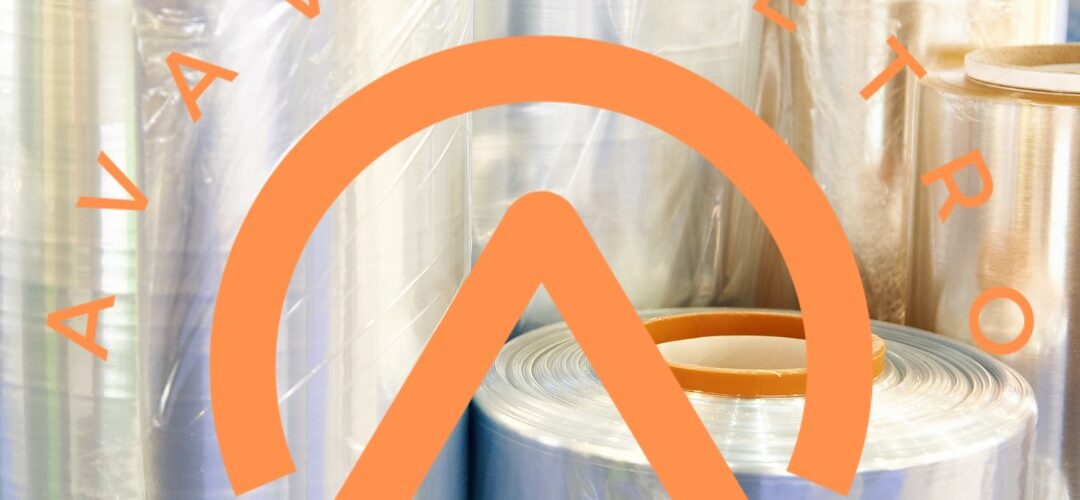The Impact of Placatic Packaging Solutions on Environmental Sustainability
Introduction: Understanding Placatic Packaging
Placatic packaging has emerged as a prominent solution in modern times to meet the escalating demands of packaging needs across various industries. Placatic packaging, often referred to as plastic, is ubiquitous in our daily lives, from food containers to beverage bottles, and even in the packaging of electronic devices. Its versatility, durability, and cost-effectiveness have made it a preferred choice for manufacturers worldwide.
Environmental Concerns Surrounding Placatic Packaging
While placatic packaging offers numerous benefits, its widespread use has raised significant environmental concerns. The longevity of plastics in the environment, coupled with the challenges of recycling and disposal, has led to alarming levels of pollution. Plastic waste contaminates ecosystems, endangers wildlife, and poses risks to human health.
The Persistence of Plastic Pollution
Plastic pollution has become a global crisis, with millions of tons of plastic waste entering our oceans annually. The durability of plastics means that a single item can persist in the environment for hundreds, if not thousands, of years. This accumulation of plastic debris has led to the formation of vast garbage patches in oceans, disrupting marine ecosystems and threatening marine life.
The Threat to Wildlife and Ecosystems
Marine animals often mistake plastic debris for food, leading to ingestion and entanglement. This not only causes direct harm to individual animals but also has cascading effects on entire ecosystems. Moreover, plastics leach harmful chemicals into the environment, further exacerbating the ecological impact.
Addressing Environmental Challenges with Placatic Packaging Solutions
Innovations in Sustainable Packaging
Recognizing the urgency of the environmental crisis, manufacturers and researchers are actively seeking alternatives to traditional plastics. Sustainable placatic packaging solutions are being developed, utilizing biodegradable and compostable materials derived from renewable sources such as plant-based polymers.
Advantages of Sustainable Placatic Packaging
Sustainable placatic packaging offers several advantages over conventional plastics. It reduces reliance on finite fossil fuel resources, minimizes carbon emissions associated with production and disposal, and facilitates the transition to a circular economy. Biodegradable packaging materials break down naturally, reducing the burden on landfills and mitigating environmental pollution.
The Role of Regulatory Measures and Consumer Awareness
Government Regulations and Policies
Governments worldwide are enacting regulations and policies to address the environmental impact of plastics. Bans on single-use plastics, mandates for extended producer responsibility, and incentives for eco-friendly alternatives are some of the measures being implemented to promote sustainable packaging practices.
Empowering Consumers Through Education
Consumer awareness plays a pivotal role in driving demand for sustainable placatic packaging. Education campaigns highlighting the environmental consequences of plastic pollution empower consumers to make informed choices and support eco-friendly products. By opting for products packaged in sustainable materials, consumers can contribute to the preservation of the environment.
Conclusion: Embracing Sustainable Placatic Packaging Solutions
In conclusion, the widespread adoption of placatic packaging has undeniable implications for environmental sustainability. While conventional plastics have contributed to pollution and ecological degradation, the development and adoption of sustainable packaging solutions offer a glimmer of hope. By harnessing innovation, implementing regulatory measures, and fostering consumer awareness, we can mitigate the environmental impact of packaging and pave the way towards a more sustainable future.
Written by Emir Narin

